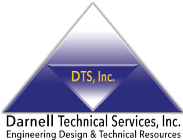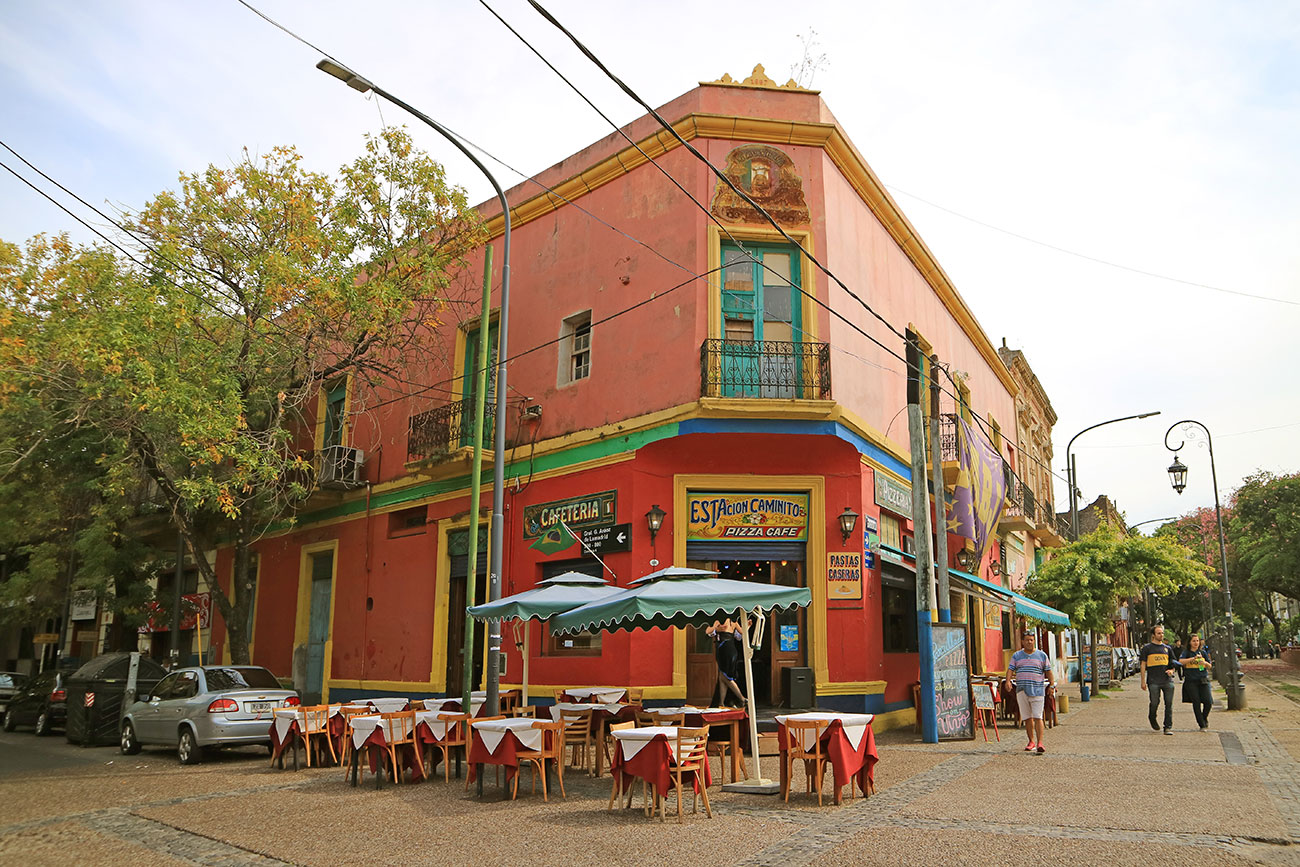Often times, when we think of architecture and urban design, we imagine the skylines of big cities, with complex, interesting, and both modern and classic buildings and skyscrapers shaping the identity of different towns and cities across the country. However, architecture also plays an essential role in community design, not only shaping the identity of the cities but that of those who inhabit them, too. This is how communities are affected by architecture.
The way a community is planned and designed can determine the level of bonding and interaction that inhabitants will enjoy, so the link between land use, transportation, and urban design is an important part of community design. Whether the community can communicate in a harmonious way depends to a great extent on the way it is designed, which is where architects play an important role.
The importance of infrastructure and building technologies for community design simply cannot be overstated. These two elements can enhance economic growth, alleviating poverty rates in cities of any size. Roads, transportation systems, energy systems, access to utilities, and other services can make a community increase their efficiency and productivity, which in turns creates and strengthens an active and healthy community.
Finding the balance between natural landscapes, green areas, and built environments is one of the biggest challenges that urban architecture must face in the modern age. By achieving such balance, architects and urban designers can help cities become clean spaces, as plants and trees can offer inhabitants fresh air to breathe, shade during hot days, and overall lower temperatures. This, in turn, will impact the wellbeing of people, by having a better quality of life.
The public space itself is another important element of successful and efficient community design, as these spaces will provide users with somewhere to gather, to connect, to bond, and to build meaningful relationships that benefit both individuals and the community as a whole. Therefore, architects must keep these aspects of community design as one of their top priorities.
Last but not least, we need to provide communities with spaces that enhance and foster economic activity for both the public and the private sectors. When a community has the proper infrastructure to create and manage a financially active environment, the whole community benefits, as businesses create jobs and this, in turn, gives people the opportunity to pay for goods and services, creating a cash flow that strengthens the community and its members.








